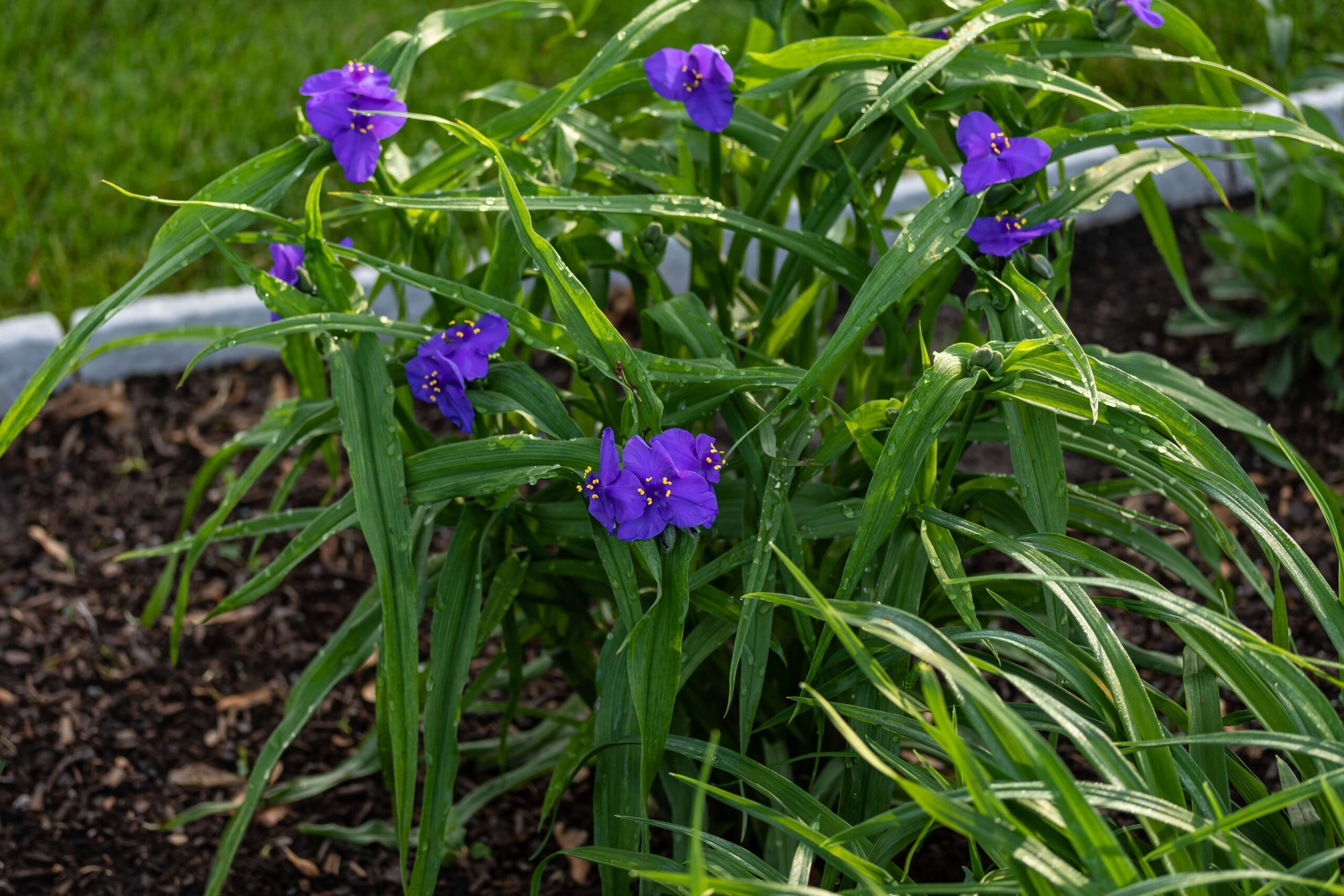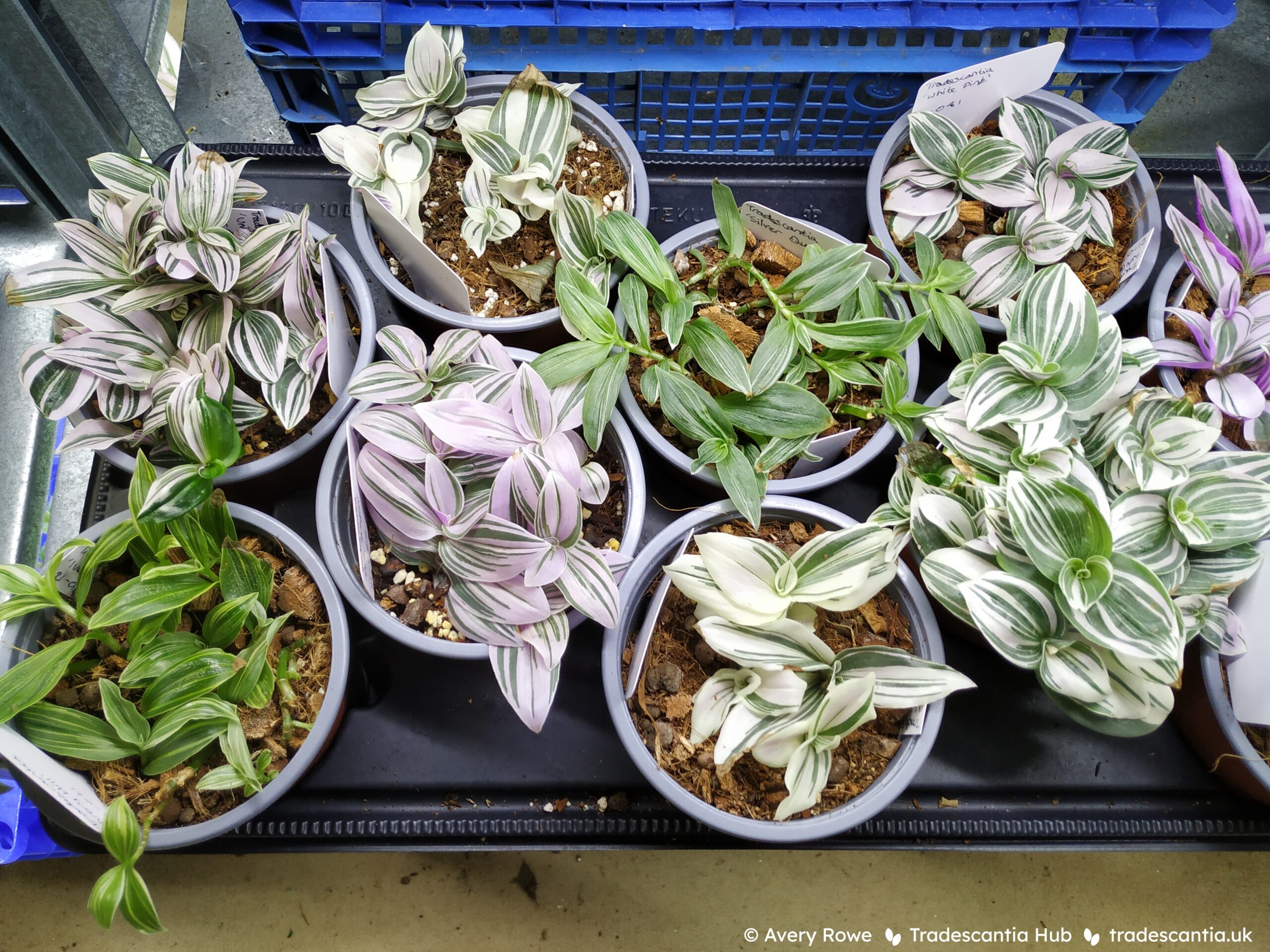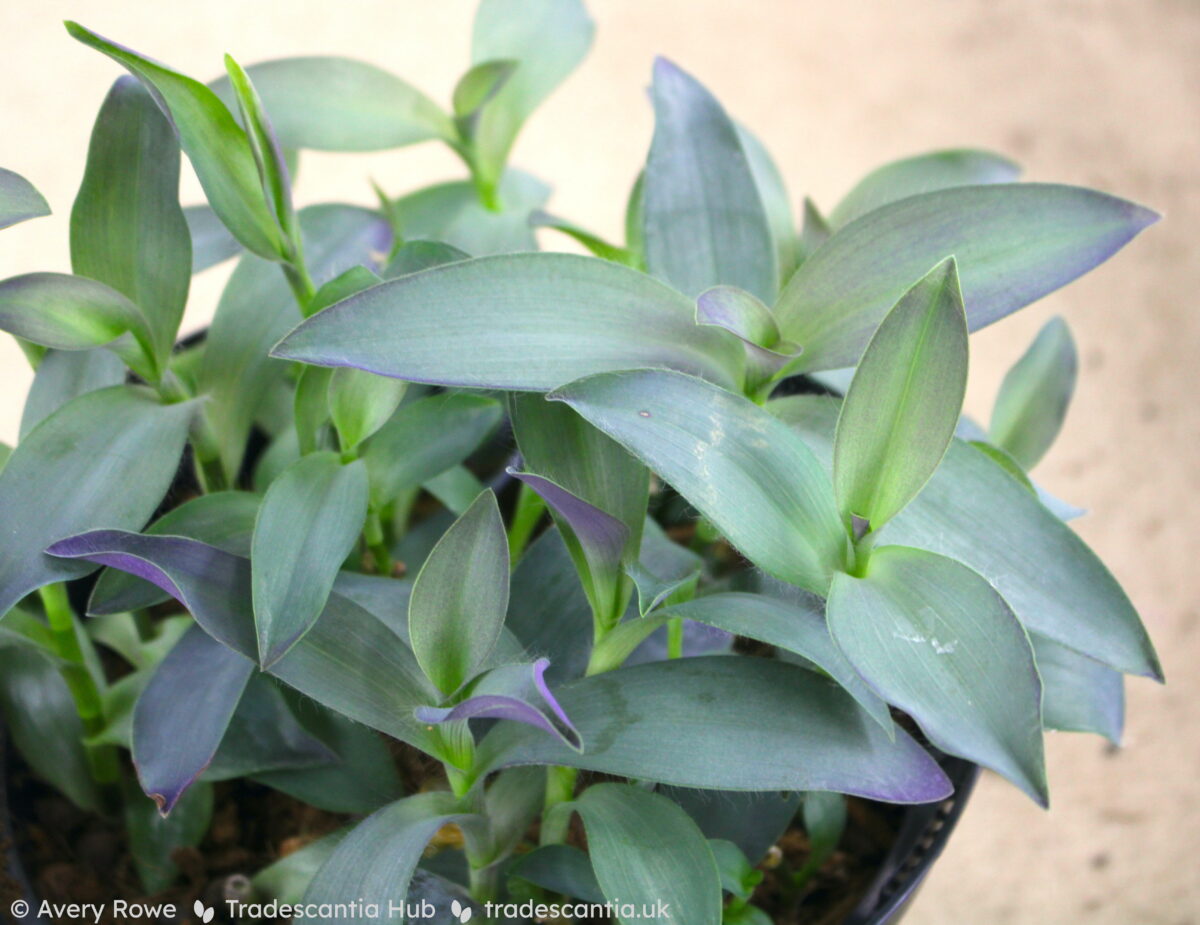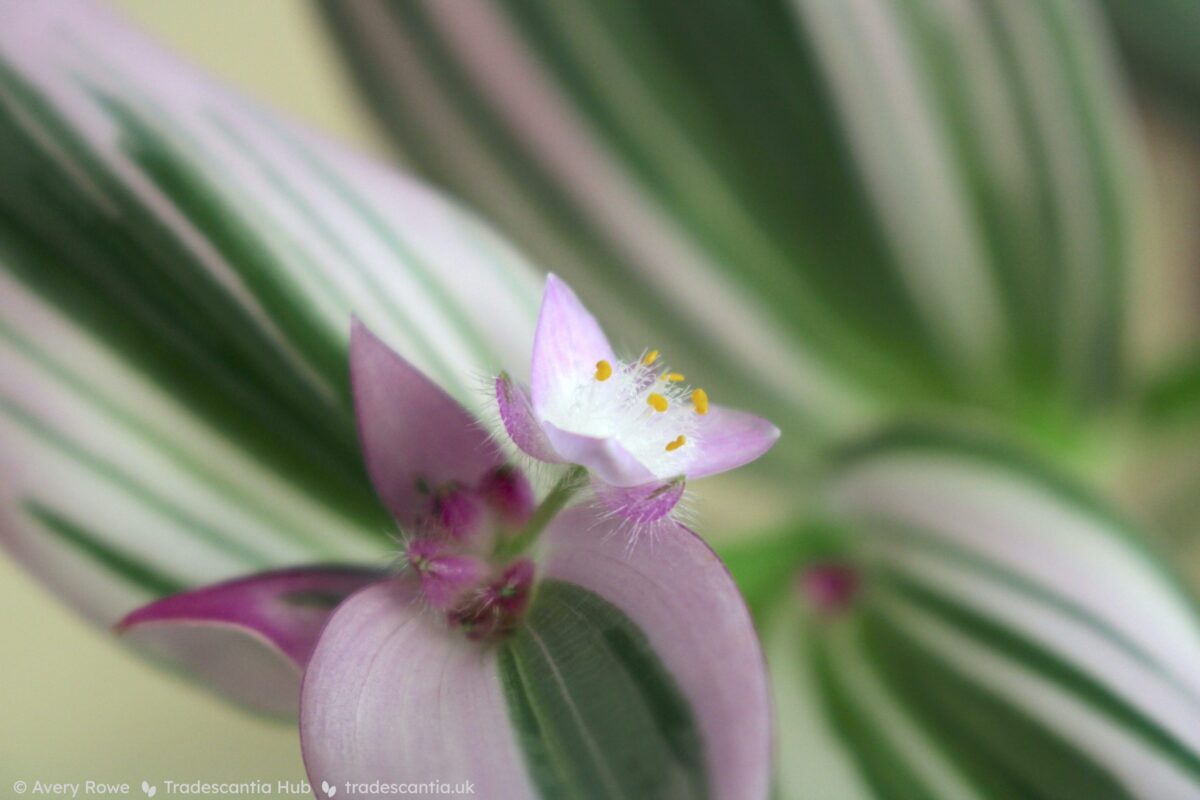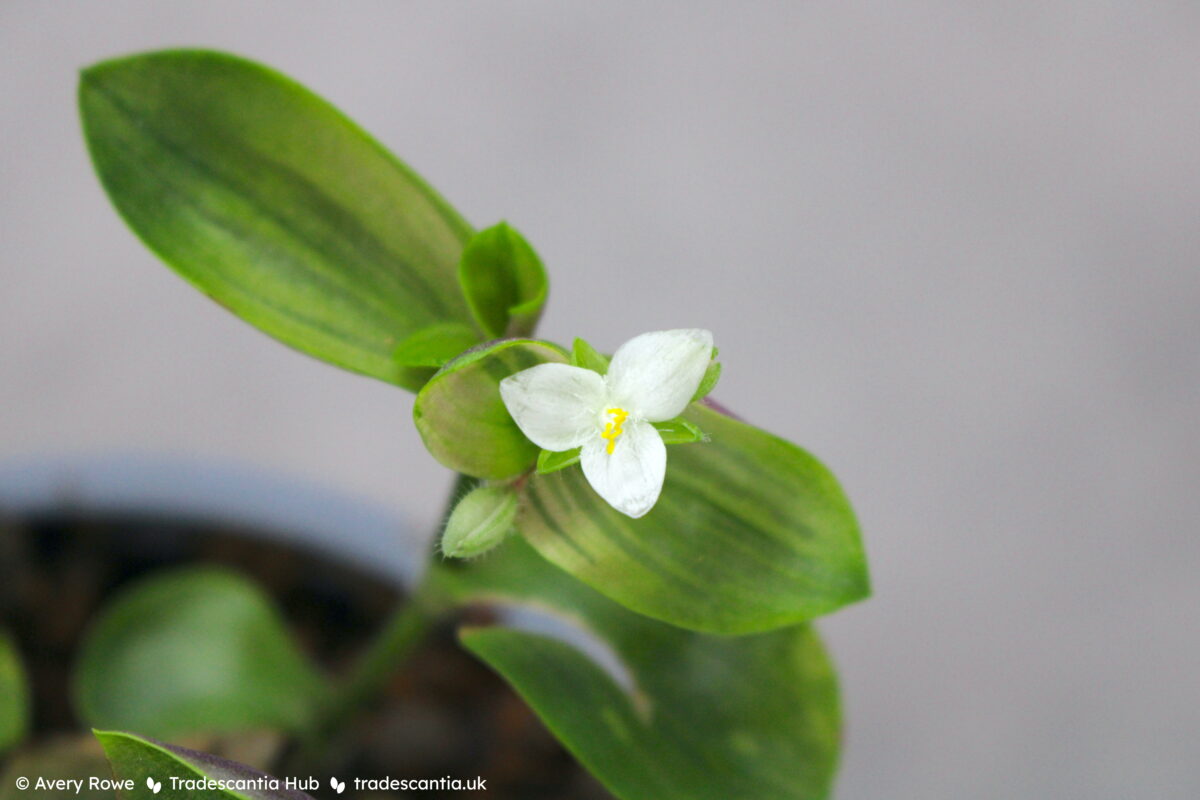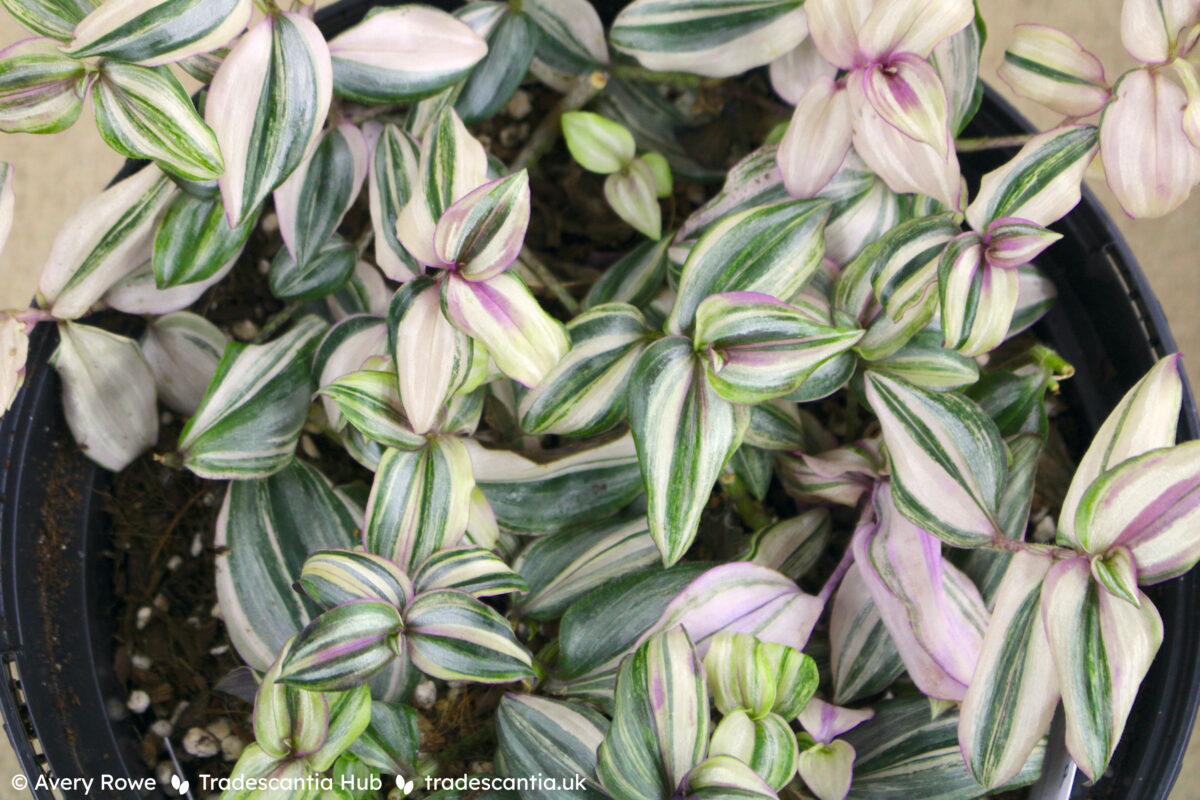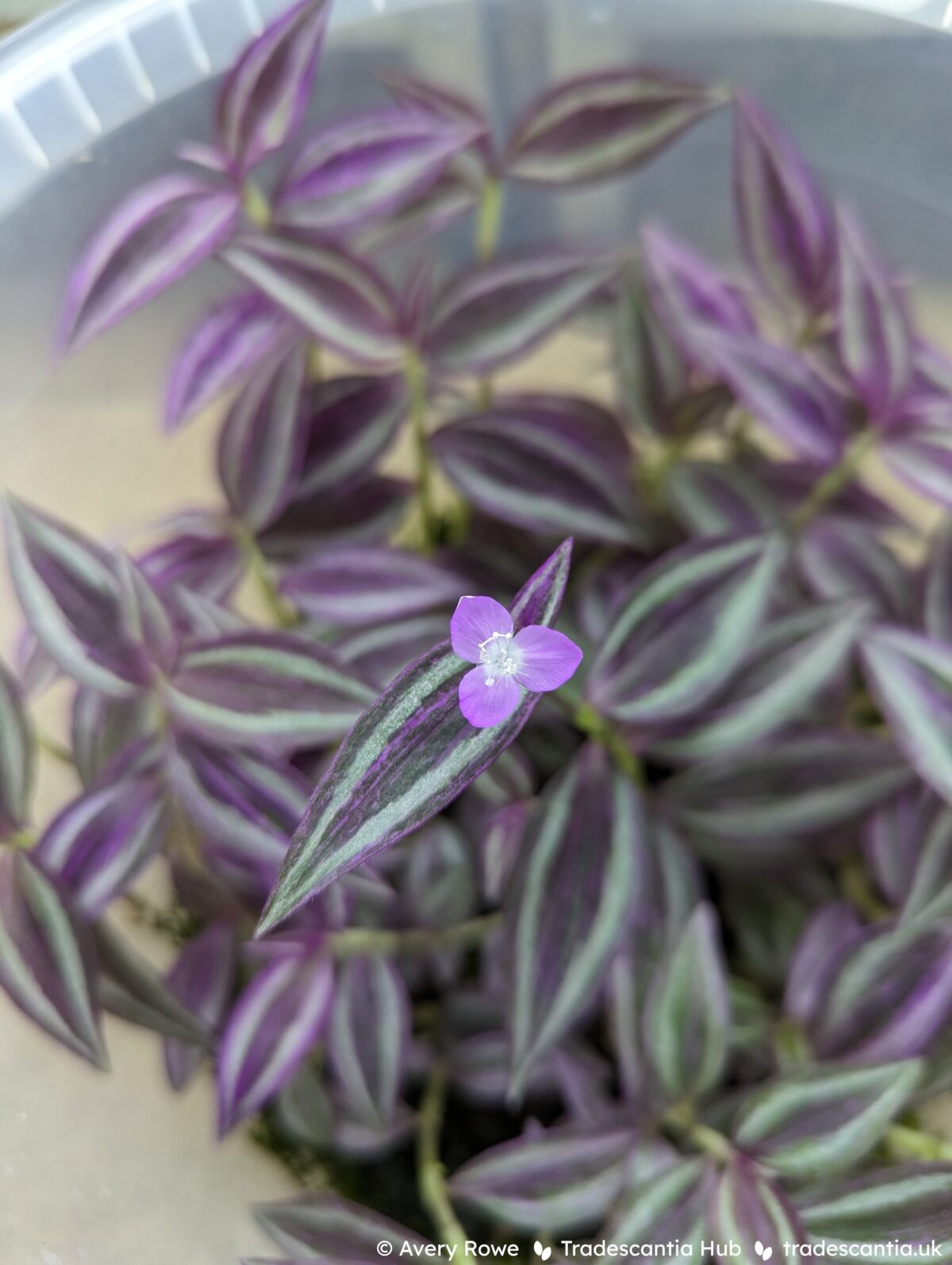Correctly identifying an unknown plant is a difficult task. Because of that, people often hope for easier ways to identify their plants. But there are no shortcuts to this process. The ID charts and AI apps people often turn to are unreliable and lead to misidentifications and misplaced confidence.
Articles
This question is surprisingly complex. Find out how many species and cultivars there are in the Tradescantia genus and the whole Commelinaceae family.
The hardy Tradescantia hybrids are popular garden plants, but they have a history of confused identity. Where did it all go wrong?
Throughout history this name has been used in many different ways. There’s a lot of confusion and uncertainty over what plants it really refers to, or whether it should be used at all. This article will explain some of the history, the ways it’s currently used, and what’s scientifically accepted today.
In the world of cultivated tradescantias, there are some plants which people refer to as “wild type”. This is a pretty ambiguous term that doesn’t do much to help identify plants – the best approach in these cases is to use cultivar names instead.
The tradescantia family contains about 600 different plant species.
Tradescantia is divided into five groups with a total of about 85 species, although not many of those are commonly grown.
This article is a plain english rewrite of the ninth edition of the International Code of Nomenclature for Cultivated Plants (ICNCP), which is the set of rules about how cultivated plants are named. Because it’s simplified, some information has been left out. This version is aimed at people who are naming new plants, or who […]
This is a topic that causes a lot of confusion, so I wrote this summary on correct and incorrect names in Commelinaceae!
Plant names can be complicated. It seems like it should be easy enough to refer to a plant and have another person know what you’re talking about. But as soon as you get into plant-related conversations you quickly end up in a tangle of Latin, confusion, and even misinformation.



